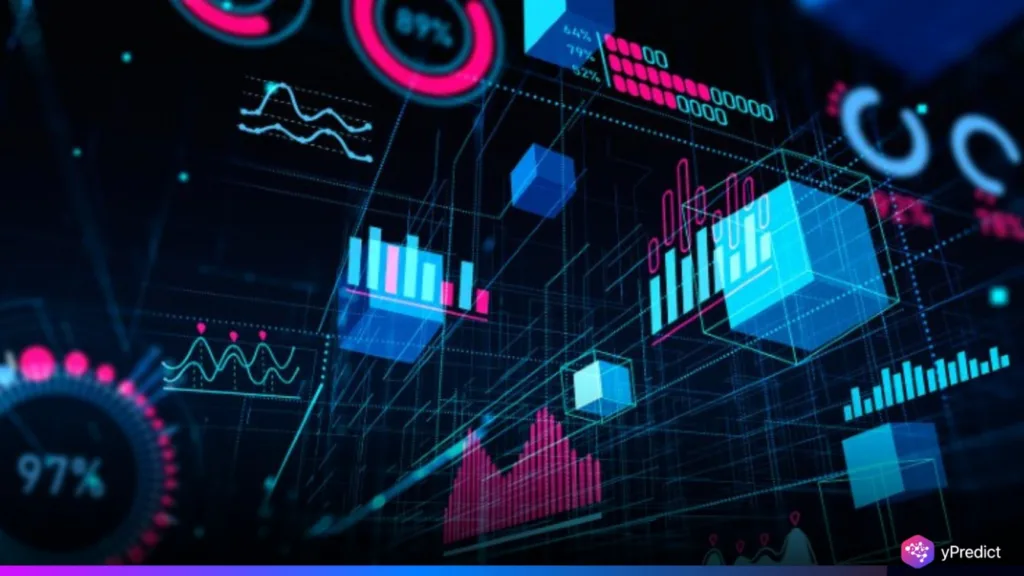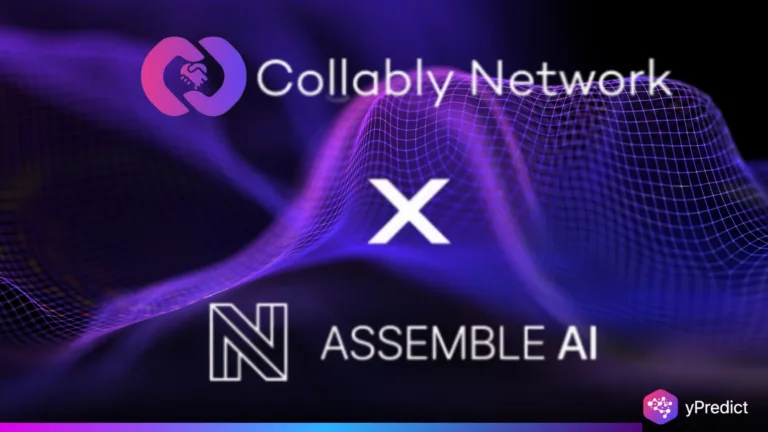
Aira Technologies has closed a $14.5 million funding round, Series B, to speed up its efforts to disrupt telecom infrastructure using artificial intelligence. Aira Technologies is recognized for being the first to apply AI to wireless communications and intends to roll out its GenAI and machine learning tools to contribute to energy, spectral, and operational efficiency in mobile networks. As data traffic rises and pressures on Mobile Network Operators (MNOs) to improve performance and reduce cost heighten, Aira Technologies believes it can be the key to enable telecom transformation using AI-driven, autonomous, self-learning radio access networks (RAN) placing AI at the center of all future wireless systems.
AI Driving Change in Telecom Infrastructure
Aira’s solutions directly target critical challenges in telecom infrastructure. With its AI-based models, the company enhances RAN design, deployment, and control, leading to meaningful performance upgrades. The goal is simple: use machine learning to optimize how networks are built and operated.
Its channel estimation and prediction xApp, an AI-first solution, earned the Telecom Infrastructure Project “Silver Badge” earlier this year. Developed in collaboration with Intel, the xApp dramatically improved 5G MU-MIMO efficiency by using high-fidelity AI modeling. This level of network optimization not only boosts speed and capacity but also reduces overheads and power consumption. As AI becomes essential in core telecom functions, Aira’s contributions are proving timely and transformative.
Launch of Naavik, a GenAI Platform for RAN Automation
In a major product breakthrough, Aira Technologies introduced Naavik, a GenAI-powered platform designed to overhaul RAN operations. Naavik allows operators to interact with complex network data through natural language. This accelerates network tasks that typically take months down to days.
This conversational interface enhances visibility and operational control across telecom environments, supporting a vision of fully autonomous, AI-managed networks. Naavik serves as the centerpiece of Aira’s broader push to deliver Telecom AI at scale—enabling faster diagnostics, predictive maintenance, and energy-efficient network behavior. Through Naavik, Aira is not just adding AI to networks; it is rethinking how humans engage with them.
Strategic Backing from Key Industry Players
Backed by major investors like IQT and AT&T Ventures, Aira Technologies has attracted strategic interest for its unique AI approach in telecom. Jon Chait, General Partner at IQT, emphasized the importance of maintaining the U.S. lead in GenAI, particularly in communication infrastructure. He called Aira a “strategic investment” that spans two vital technology frontiers.
Vikram Taneja of AT&T Ventures added that Aira’s ability to deliver responsive, adaptive networks makes it a natural partner in the drive toward intelligent infrastructure. Their shared belief in Telecom AI underpins the investment and validates Aira’s innovation roadmap. Cristina Rodriguez of Intel further highlighted the compatibility of Aira’s AI tools with Intel Xeon processors and FlexRAN software, simplifying AI integration and unlocking faster time-to-value for operators.
Vision for a Self-Learning, AI-Driven RAN Future
Aira Technologies continues to pursue a long-term vision of a fully autonomous, AI-native telecom network. Co-founder and CEO Anand Chandrasekher stated that the company’s focus is on self-learning RAN systems. The networks that change and optimize without human intervention. He also said that the momentum is exciting and significant because of the support from industry leaders. As they believe in Aira and Aira’s AI-first architecture. After receiving Series B funding, Aira plans to scale the development of both its technology and its customers’ worldwide adoption in every telecom market.
Inside its RANs, spanning predictive modeling to GenAI-driven workflows, Aira is redefining how networks operate in this new era of AI. The innovative shift that Aira is pursuing is demonstrative of a reality where: machine learning continuously optimizes the networks as fragmentation becomes total, lowered energy usage, some lost operational time, at least faster, with improved real-time responsiveness.





